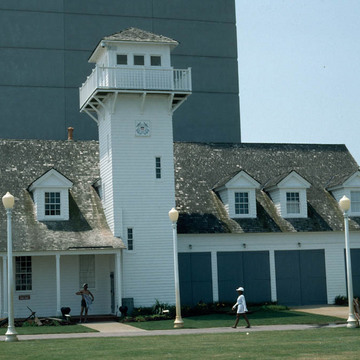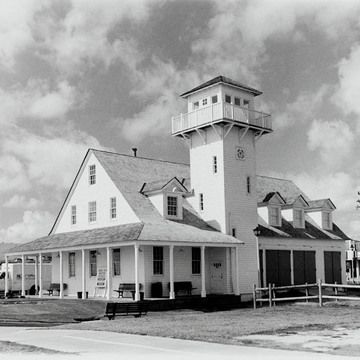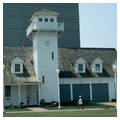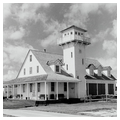Following the Civil War an increase in shipping accidents along the nation's coastal and inland waterways prompted the federal government to establish the U.S. Lifesaving Service. Of the many stations erected along the Virginia coast, this building, formerly known as the Seatack Lifesaving Station, is one of the few that survives. “Seatack” is a slang contraction used locally to refer to the British “sea attack” during the War of 1812. Architect George L. Tolman developed the prototype design for the station—dubbed “the Quonochontaug” after a Rhode Island beach—in 1891, and it was used
You are here
Old Coast Guard Station
1903, George R. Tolman. 1933, renovation and expansion. 1979, reorientation. 1980–1981, restoration, Melvin M. Spence and Associates. 24th St. and the Oceanfront. Open to the public
If SAH Archipedia has been useful to you, please consider supporting it.
SAH Archipedia tells the story of the United States through its buildings, landscapes, and cities. This freely available resource empowers the public with authoritative knowledge that deepens their understanding and appreciation of the built environment. But the Society of Architectural Historians, which created SAH Archipedia with University of Virginia Press, needs your support to maintain the high-caliber research, writing, photography, cartography, editing, design, and programming that make SAH Archipedia a trusted online resource available to all who value the history of place, heritage tourism, and learning.























